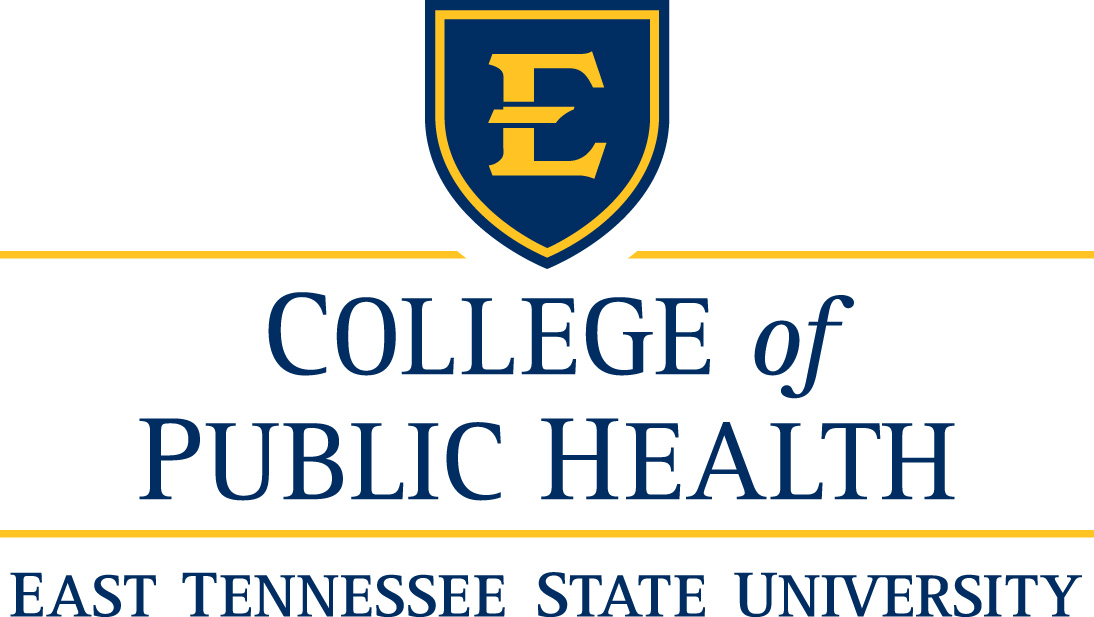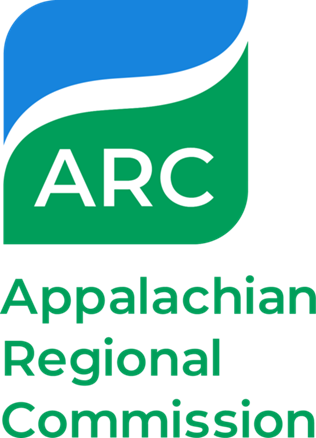Abstract
Introduction: Food insecurity is a growing concern among college students and is especially prevalent in rural areas. Food pantries often serve as a resource to food insecure individuals yet, their policies, standards, and nutritional quality vary due to the unpredictability of food donations.
Purpose: To examine the nutritional quality of food items and adherence of best practices at local food pantries accessible to college students near a university in rural Appalachia.
Methods: Three food pantries in North Carolina were selected due to their proximity to a local, rural university. Food items were analyzed for nutrient and food group content and compared to national recommended standards for a moderately active 20-year-old male student. Food pantry environments were analyzed using the Healthy Food Pantry Assessment Tool (HFPAT).
Results: All pantries scored in acceptable ranges (39, 59, and 60) on the HFPAT. Food pantries provided 38% of total daily calories and below recommended daily levels for vitamin C (27%), vitamin D (5%), potassium (29%), and calcium (38%), but above recommended levels for sugar (220%), and trans-fat (342%). When all the food from food pantries were combined, they still did not meet food group recommendations, providing: 25% fruit, 50% vegetable, 9% grain, 15% protein, and 20% dairy servings over a 14-day period.
Implications: In general, students who rely on food pantries as their sole source of food do not reach recommend levels for nutrients or food groups. Interventions, programs, and/or policies which increase the healthfulness of food pantry items are warranted to improve the quality of food available to food insecure college students.
DOI
https://doi.org/10.13023/jah.0202.03
Creative Commons License

This work is licensed under a Creative Commons Attribution 4.0 License.
Recommended Citation
Frymark EE, Stickford JL, Farris AR. A nutritional and environmental analysis of local food pantries accessible to college students in rural North Carolina. J Appalach Health 2020;2(2):24–35. DOI: https://doi.org/10.13023/jah.0202.03.
Included in
Appalachian Studies Commons, Community Health Commons, Community Health and Preventive Medicine Commons, Food Security Commons, Inequality and Stratification Commons, International and Community Nutrition Commons





Social Media Links